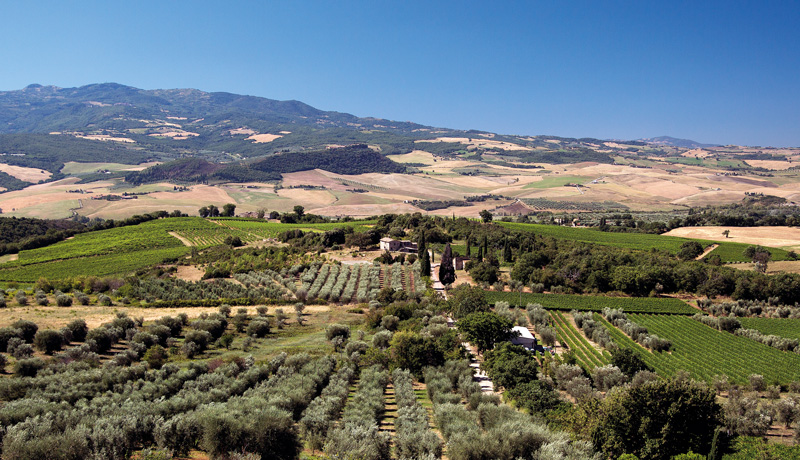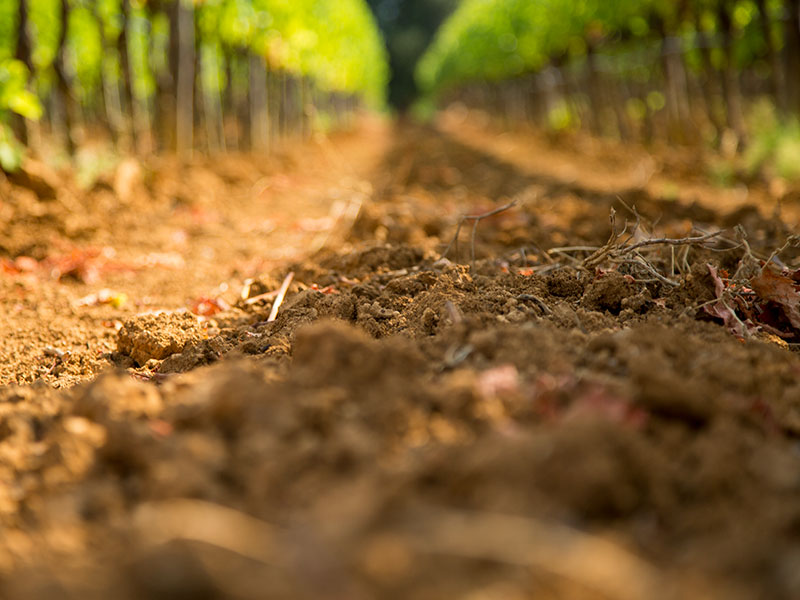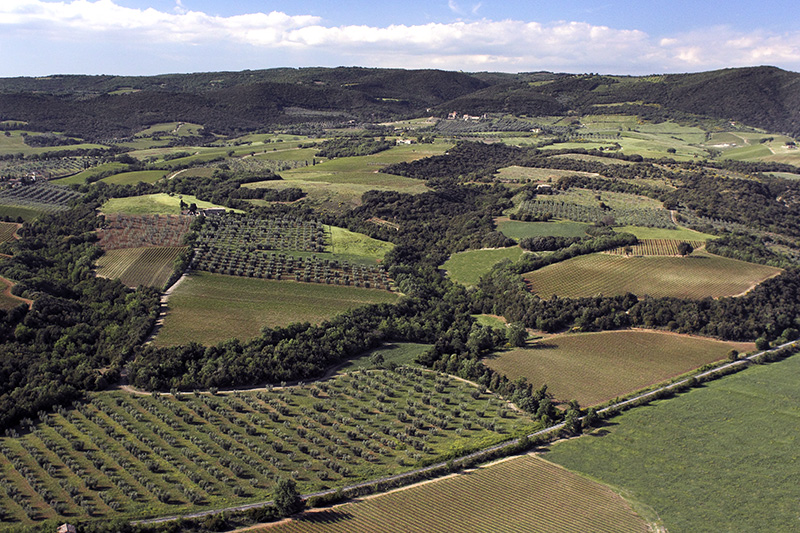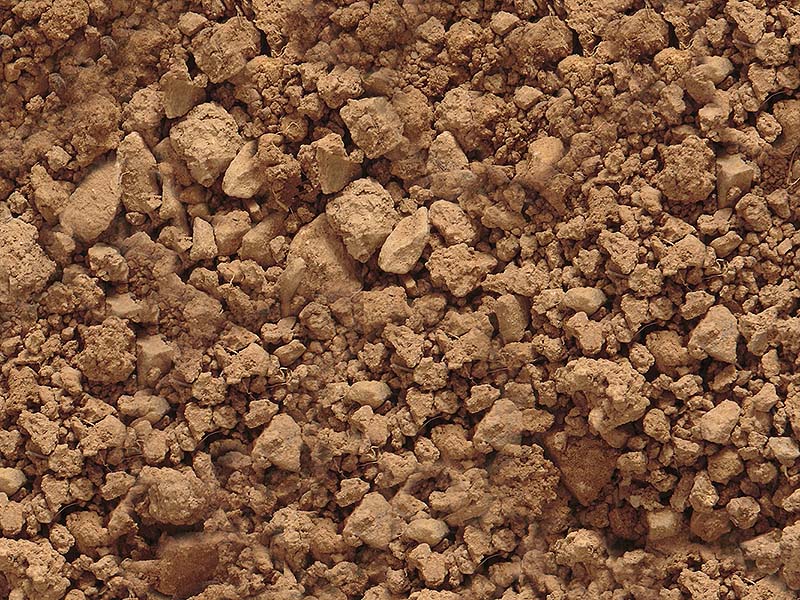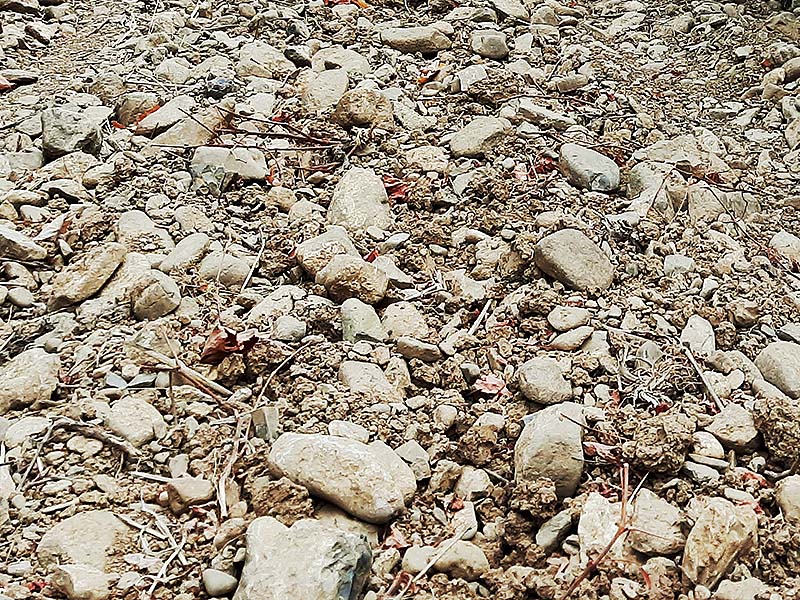|
|
LOCATIONThe Tenuta di Sesta Estate is located in the southern part of the municipality of Montalcino between Sant'Angelo in Colle and Castelnuovo dell'Abate, near the well-known Romanesque Abbey of Sant'Antimo, on a downward slope from 400 to 200 metres above sea level. This land is considered to be among the most suitable for the production of Brunello di Montalcino. The vineyards are sheltered from the cold northern winds and benefit from the warm stream of air from the Maremma thanks to the nearby Monte Amiata favouring a mild microclimate. This enchanting location allows Sesta to harvest before other areas.
|
|

|
SOIL COMPOSITIONAll of the cultivated land on the estate dates back to the Eocene period and is poor, of little depth, and affords a rich rocky texture with limestone (marl and alberese), sub-alkaline pH, generally medium texiture tending to clayey. An efficient drainage system has been installed to guarantee high quality wines. The vineyards are spread out over a strip of land that extends from the winery down to the Orcia River: the type of terrain varies with mostly medium-textured soil with a major clay component, rich in iron (red soil, more resistant to dry conditions located at the hightest point of the estate) and pebbly terrain on looser pebbly terrain (vineyards near the riverbed). However, the physical and chemical characteristics of the soil vary even within the same vineyard resulting in differences in vine development: sometimes the grapes in the different zones must therefore be harvested and vinified separately according to the level of ripeness. |

